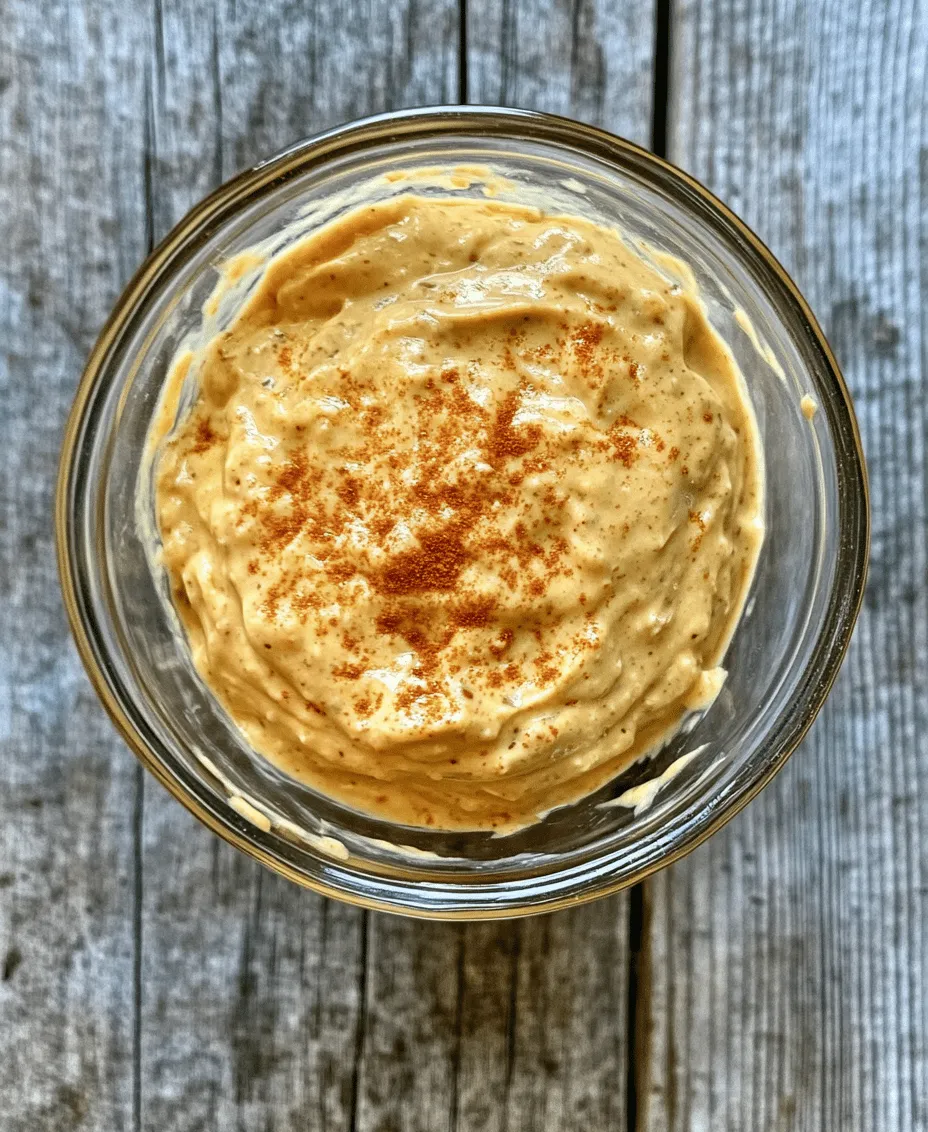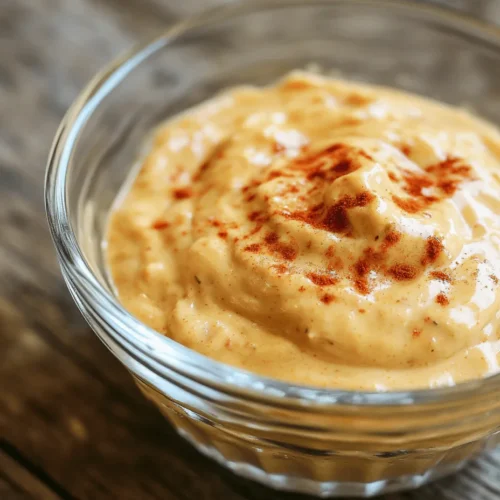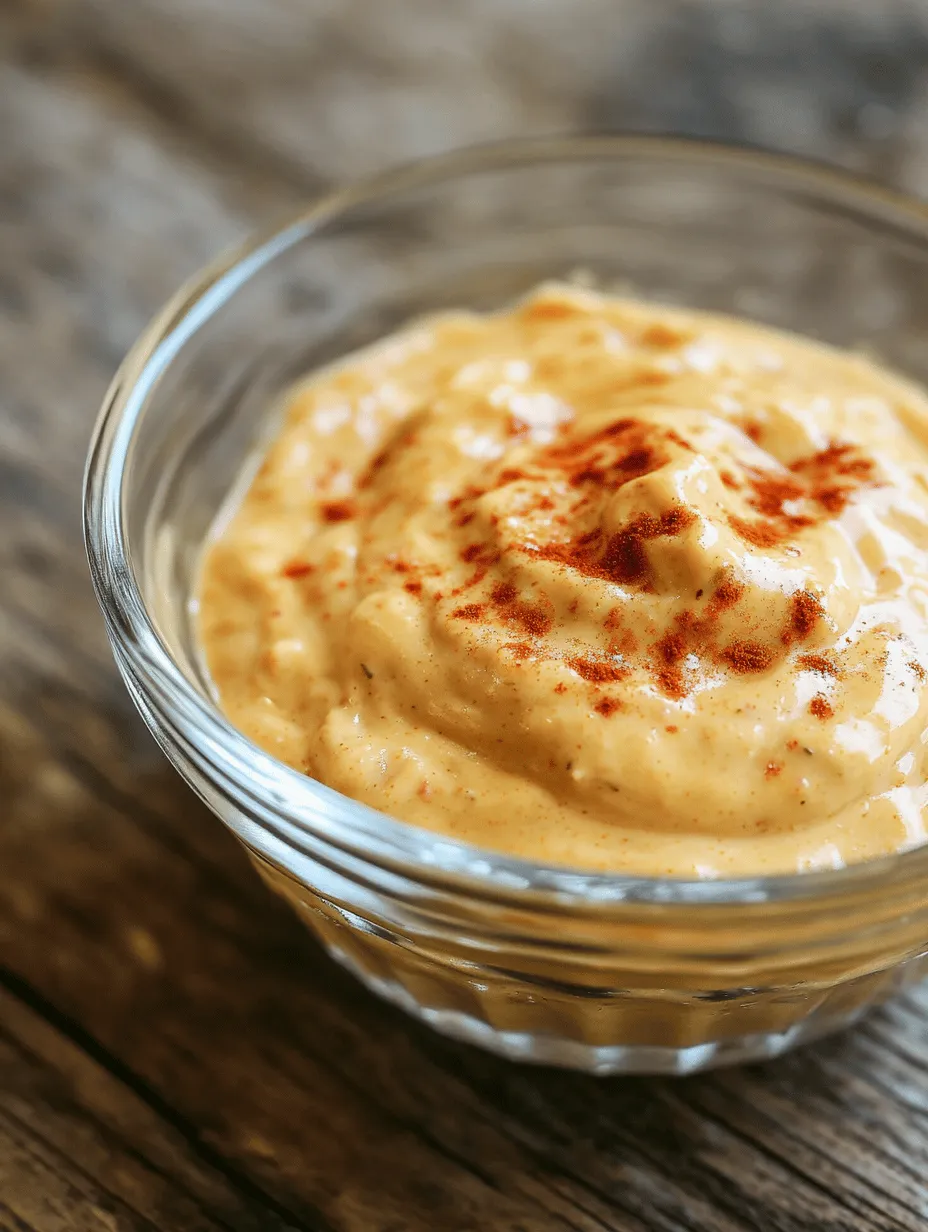Introduction
The Big Mac sauce is not just a condiment; it’s a culinary icon that has captured the taste buds of millions around the globe. Often regarded as the secret behind McDonald’s famous Big Mac burger, this sauce has become synonymous with fast food indulgence. Its unique blend of flavors provides a creamy, tangy, and slightly sweet addition that elevates the entire burger experience. For many, the allure of the Big Mac lies not only in the burger itself but in that unmistakable sauce that brings everything together.
Creating a homemade version of Big Mac sauce allows for greater control over taste, ingredients, and dietary preferences. Whether you’re looking to reduce preservatives or tailor the flavor to your liking, making this sauce from scratch is both easier and quicker than you might think. In just a few simple steps, you can whip up a batch of this iconic sauce that is perfect for slathering on burgers, dipping fries, or even as a dressing for salads.
This article will delve into the origins of the Big Mac sauce, breaking down its key ingredients and their significance, before guiding you through a straightforward recipe that will enable you to recreate this fast food classic in your kitchen.
The Origins of Big Mac Sauce
The Big Mac made its debut in 1967, developed by Jim Delligatti, a franchise owner in Pittsburgh, Pennsylvania. This innovative burger featured two beef patties, lettuce, cheese, pickles, onions, and the now-famous special sauce, all nestled between a three-part sesame seed bun. The Big Mac quickly rose to fame, becoming a staple of the McDonald’s menu and a beloved fast food item worldwide.
The sauce is a crucial component of the Big Mac, serving as the flavorful glue that binds the ingredients together and enhances the overall taste experience. It’s not just any dressing; it has a distinctive flavor profile that balances creaminess, tanginess, and sweetness, making each bite of the burger an explosion of taste. Over the years, the sauce has gained a cult following, inspiring countless fans to seek out its recipe and recreate it at home.
Beyond its culinary significance, the Big Mac sauce has woven itself into popular culture, often referenced in movies, TV shows, and social media. Its iconic status has made it a symbol of fast food culture, representing both indulgence and nostalgia. As people become more health-conscious and seek out homemade alternatives to their favorite fast food items, the demand for copycat recipes of beloved sauces like the Big Mac sauce has surged.
Understanding the Ingredients
To create a delicious homemade version of Big Mac sauce, it’s essential to understand the role each ingredient plays in the overall flavor profile. Here’s a breakdown of the key components:
Mayonnaise
Mayonnaise serves as the primary base of the sauce, providing a creamy texture that complements the other ingredients. Its mild flavor allows the bolder flavors of the sauce to shine through. Additionally, mayonnaise contributes a rich mouthfeel that makes the sauce luscious and satisfying.
French Dressing
French dressing is a unique ingredient that adds a tangy sweetness to the sauce. It typically contains a mixture of oil, vinegar, and tomato paste, giving it a vibrant orange hue. This dressing not only enhances the overall flavor but also contributes to the sauce’s signature color and texture.
Sweet Pickle Relish
Sweet pickle relish is another essential ingredient that adds a delightful sweetness and crunch to the sauce. Its pickled flavor balances the richness of the mayonnaise, creating a well-rounded taste. The relish also introduces a hint of acidity, which brightens the overall flavor profile.
Mustard Powder (Optional)
While not always included in every version of Big Mac sauce, mustard powder can be added for an extra layer of flavor. It brings a subtle tanginess that complements the sweetness of the relish and the creaminess of the mayonnaise. If you prefer a bit more complexity in your sauce, consider incorporating this ingredient.
Step-by-Step Instructions for Making Big Mac Sauce
Now that we have a clear understanding of the ingredients, it’s time to dive into the preparation process. Making your own Big Mac sauce is surprisingly simple and requires minimal effort. Follow these detailed steps to create the perfect copycat sauce:
1. Gather Your Ingredients: Start by assembling all the necessary ingredients. You’ll need mayonnaise, French dressing, sweet pickle relish, and optional mustard powder. Having everything ready will streamline the process and ensure you don’t miss anything.
2. Mix the Ingredients: In a medium-sized mixing bowl, combine the mayonnaise and French dressing. Use a whisk or spatula to blend them together until smooth and well incorporated. The goal here is to create a creamy base that will serve as the foundation for the sauce.
3. Add the Sweet Pickle Relish: Next, fold in the sweet pickle relish. This will add texture and a burst of sweetness to the sauce. Stir gently to distribute the relish evenly throughout the mixture.
4. Incorporate Mustard Powder (if using): If you’ve chosen to include mustard powder, sprinkle it into the mixture at this point. Mix well to ensure the powder is fully integrated into the sauce.
5. Taste and Adjust: Taste the sauce and assess its flavor. This is your opportunity to customize it according to your preferences. If you prefer a tangier sauce, consider adding a bit more French dressing. For extra sweetness, you might want to mix in a touch more relish. Remember, the goal is to create a sauce that suits your personal taste.
6. Chill Before Serving: For the best flavor, cover the bowl with plastic wrap or transfer the sauce to an airtight container and refrigerate for at least 30 minutes. This chilling period allows the flavors to meld together, resulting in a more cohesive taste.
By following these straightforward steps, you’ll have a delicious homemade Big Mac sauce ready to elevate your burgers and meals. The beauty of this recipe lies in its simplicity and the ability to adjust it to your liking, making it a perfect addition to your culinary repertoire.

The Science of Flavor Development
One of the delightful aspects of homemade sauces is the way flavors develop and evolve over time. With our copycat Big Mac Sauce, allowing the sauce to chill in the refrigerator is essential for enhancing the overall taste. The chilling process does more than simply cool the sauce; it allows the flavors to meld together, creating a harmonious blend that’s far superior to when it’s freshly mixed.
When you combine the ingredients—like mayonnaise, ketchup, mustard, and spices—each component has distinct flavors that, when left to sit, begin to interact and deepen in complexity. For instance, the tanginess of the vinegar in the mayonnaise interacts with the sweetness of the ketchup, while the spices like paprika and onion powder infuse their unique characteristics throughout the mixture. This melding of flavors is crucial, as it transforms a collection of individual tastes into a cohesive and rich sauce that resembles the beloved condiment served at fast-food restaurants.
Allowing the Big Mac Sauce to sit for at least an hour, or ideally overnight, in the refrigerator not only enhances the flavor but also improves the texture. The sauce thickens slightly as it chills, resulting in a luxurious mouthfeel that complements any dish it accompanies. This resting period is a simple yet powerful step in elevating your homemade Big Mac Sauce to restaurant-worthy status.
Serving Suggestions
While the classic use of Big Mac Sauce is undoubtedly on burgers, its versatility extends far beyond that. Here are some creative ways to incorporate this delicious sauce into your meals:
1. Dipping Sauce: Serve the sauce as a dip for French fries, onion rings, or even vegetable sticks. Its creamy texture and tangy flavor make it a perfect companion for crispy snacks.
2. Chicken Sandwiches: Spread Big Mac Sauce on grilled or fried chicken sandwiches for an extra layer of flavor. It pairs beautifully with the juiciness of the chicken, enhancing the overall experience.
3. Salad Dressing: Thin out the sauce with a bit of water or additional vinegar to create a zesty salad dressing. Drizzle it over mixed greens, grilled vegetables, or even a hearty pasta salad for a refreshing twist.
4. Wraps and Tacos: Use the sauce in wraps or tacos as a flavorful spread. Combine it with your choice of protein and veggies for a quick and delicious meal.
5. Meal Prep and Storage: To keep your Big Mac Sauce fresh, store it in an airtight container in the refrigerator. It will last for about a week, making it a great option for meal prep. Consider making a double batch to ensure you have enough on hand for all your culinary experiments.
Nutritional Information
When preparing your own Big Mac Sauce, you’re not only crafting a delicious condiment but also gaining more control over the nutritional content. Here’s a breakdown of what you can expect from a typical serving of homemade Big Mac Sauce:
– Calories: Approximately 70-80 calories per tablespoon, depending on the specific brands of ingredients used.
– Fat: Around 7 grams, primarily from mayonnaise.
– Carbohydrates: About 2-3 grams, mostly from ketchup and sugar.
– Protein: Minimal, usually less than 1 gram.
Comparing this to store-bought alternatives, many pre-packaged sauces can contain preservatives, artificial flavors, and higher sugar content. By making the Big Mac Sauce at home, you have the power to adjust the ingredients to suit your dietary preferences. For instance, you can opt for low-fat mayonnaise or sugar-free ketchup to reduce calories and fat.
Moreover, controlling the ingredients means you can tailor the sauce to accommodate dietary restrictions or preferences, whether you’re looking to avoid gluten or reduce sugar intake. This customization not only ensures a healthier option but also allows you to create a flavor profile that perfectly suits your palate.
Variations and Customizations
While the classic Big Mac Sauce recipe is a beloved staple, there are countless ways to personalize it to fit your taste. Here are some variations and customizations to consider:
1. Spicy Version: If you enjoy a bit of heat, add a few dashes of hot sauce or a pinch of cayenne pepper to the sauce. This will give it a delightful kick that complements burgers and chicken sandwiches alike.
2. Herbs and Spices: Incorporate fresh herbs like chopped parsley, dill, or cilantro to add a fresh element to the sauce. You can also experiment with other spices, such as garlic powder or smoked paprika, to create unique flavor combinations.
3. Healthier Alternatives: For a lighter version, substitute Greek yogurt for mayonnaise. This will not only reduce calories and fat but also add protein to the sauce without sacrificing creaminess.
4. Vegan Option: To create a vegan version of the Big Mac Sauce, swap regular mayonnaise for a plant-based alternative. You’ll still achieve that creamy texture while maintaining a cruelty-free approach.
5. Sweetness Adjustment: If you prefer a sweeter sauce, consider adding a small amount of honey or maple syrup. This can balance out the tanginess of the vinegar and enhance the overall flavor.
These variations allow you to experiment and create a sauce that truly reflects your personal taste while still capturing the essence of the classic Big Mac Sauce.
Conclusion
Creating your own Big Mac Sauce at home is not only an easy and fun culinary project, but it also opens the door to a world of flavor possibilities. The process of making this sauce allows you to tailor the ingredients to your personal preferences, ensuring that every bite is exactly how you like it.
From burgers to salads and beyond, the versatility of Big Mac Sauce makes it a delightful addition to a variety of dishes. Don’t hesitate to experiment with the recipe, trying out different spices and flavor profiles to make it your own. Whether you’re enjoying it on a classic burger or using it as a dip for your favorite snacks, this sauce is sure to elevate your meals and leave your taste buds satisfied.
So gather your ingredients, whip up a batch, and enjoy the deliciousness of homemade Big Mac Sauce—it’s a classic for a reason.


